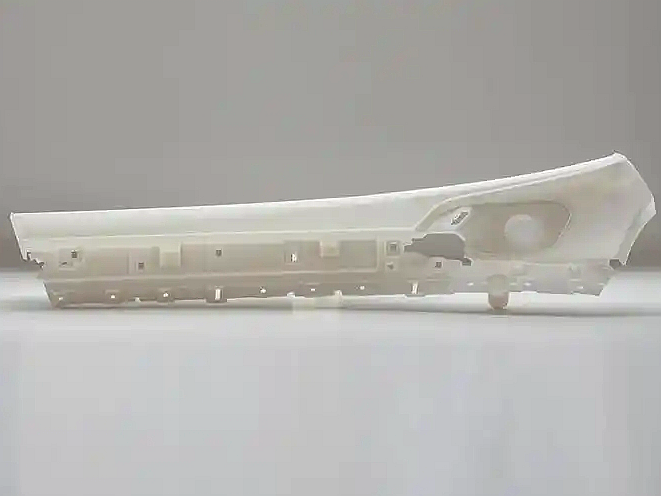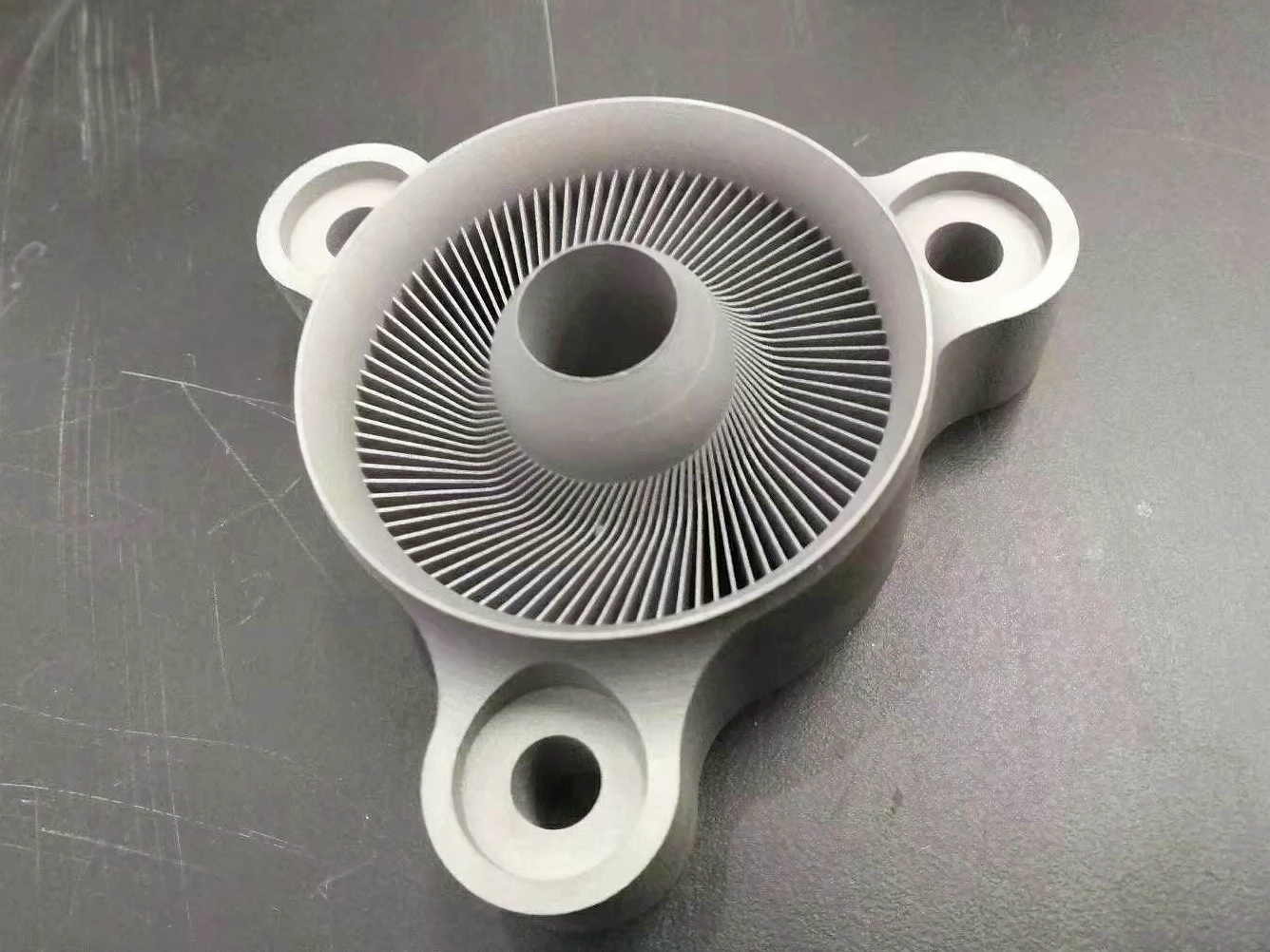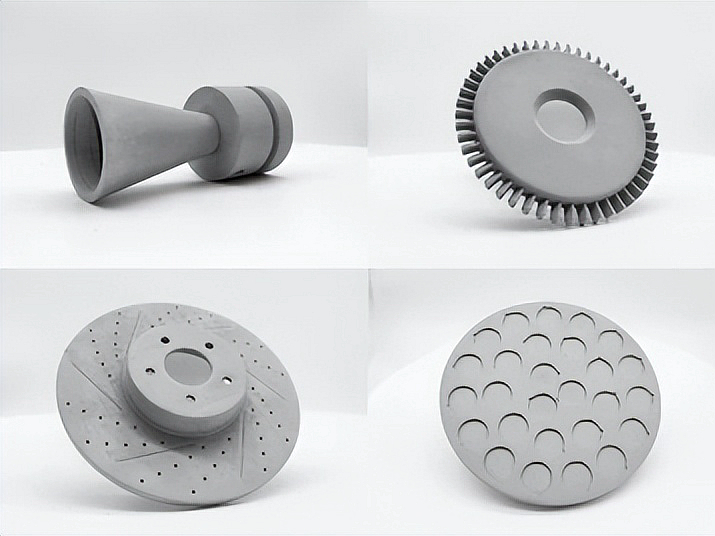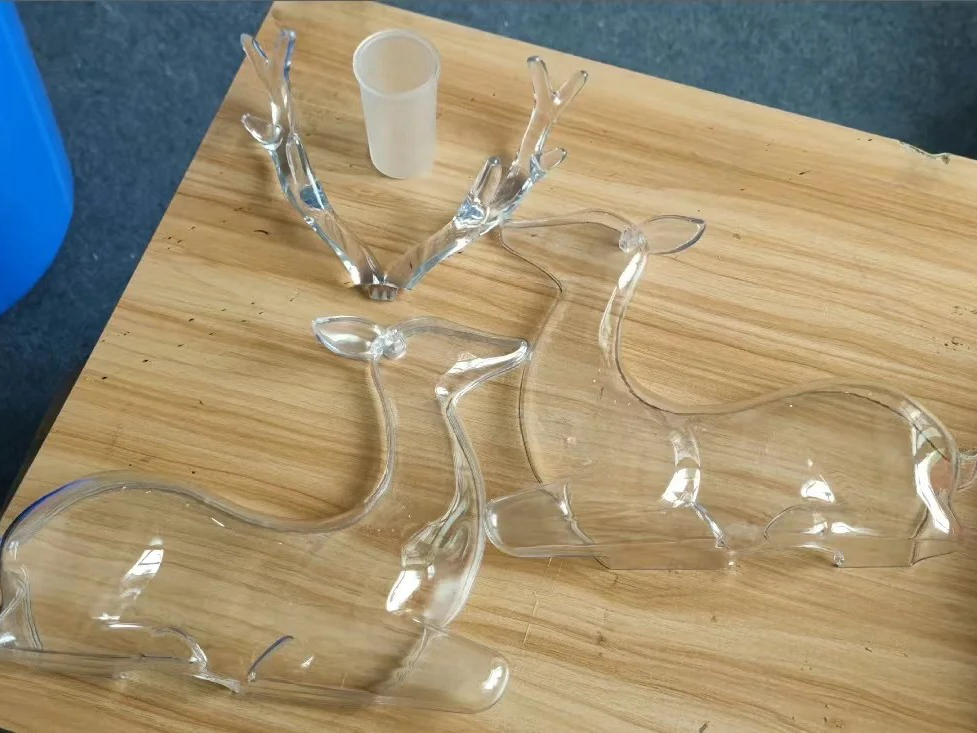The Art of Precision: Custom 3D Printing with Resin for Detailed Applications
In additive manufacturing, achieving precision is critical, and resin 3D printing is among the most reliable technologies for delivering highly detailed, accurate parts. Utilizing light-sensitive resins cured layer by layer with UV light, resin printing offers unparalleled precision for complex geometries and fine details. This capability makes resin 3D printing ideal for industries that require highly accurate and fine-featured components, including medical devices, dental products, aerospace, and consumer electronics.
Stereolithography (SLA) and Digital Light Processing (DLP) are the primary technologies used in resin printing. With unmatched accuracy, these methods enable the production of intricate components, including dental devices, jewelry prototypes, and small mechanical parts.
Precision in Every Layer
Resin 3D printing is renowned for its accuracy and fine surface finishes. SLA and DLP technologies, due to their high-resolution capabilities, provide a significant advantage when producing parts with intricate details. For example, these technologies can achieve layer thicknesses as low as 25 microns (0.025mm), a level of precision ideal for industries such as dental applications and jewelry manufacturing, where fine details and smooth surfaces are essential.
In particular, Dental Resins enable the creation of exact dental products, such as crowns, bridges, and surgical guides. With high-dimensional accuracy and surface smoothness, parts printed with dental resin match the fine details required for high-performance dental applications. Similarly, Medical-Grade Biocompatible Resins are designed to meet strict healthcare standards, offering reliability for medical devices and implants that require biocompatibility and precision for long-term use.
A Wide Variety of Resin Materials for Different Applications
The versatility of resin 3D printing is evident in the wide range of resins available, each engineered for specific performance requirements. Whether the application demands high impact resistance, flexibility, or heat resistance, there’s a resin suitable for the job. Below is a table showcasing common resin materials and their targeted applications:
Resin Type | Applications | Key Features | Typical Properties |
|---|---|---|---|
Standard Resins | Prototyping, low-detail parts | Easy to use, fast curing | Low cost, ease of use, low strength |
Tough Resins | Functional testing, automotive components, consumer products | Durable, impact-resistant | High tensile strength, impact resistance |
Flexible Resins | Gaskets, seals, wearable devices | Elastic, rubber-like flexibility | High elongation, flexible under stress |
High-Temperature Resins | Aerospace, automotive, industrial parts | Heat-resistant, withstands high temperatures | Can endure temperatures up to 250°C (482°F) |
Dental Resins | Dental models, crowns, surgical guides | High biocompatibility, precision for dental applications | High dimensional accuracy, smooth finish |
Custom resin printing allows for creating highly specialized parts that would be difficult or impossible to achieve with traditional manufacturing methods. Whether you need high strength, flexibility, or biocompatibility, there’s a resin that suits your needs.
Applications Across Industries
The precision of resin 3D printing enables its application in diverse industries that require finely detailed parts with excellent mechanical properties:
Consumer Electronics: Resin 3D printing is widely used in producing prototypes, housings, and components for consumer electronics. The technology’s ability to deliver accurate, small-scale components makes it ideal for applications such as smartphone casings, connectors, and enclosures.
Aerospace and Aviation: Components in aerospace and aviation must meet stringent quality standards. Resin 3D printing is used to manufacture prototypes, brackets, and custom tooling that require high precision and lightweight. Some high-temperature resins can withstand the extreme conditions in aerospace applications, such as heat exposure and mechanical stress.
Fashion and Jewelry: Resin 3D printing transforms the fashion and jewelry industry by allowing designers to produce highly intricate, custom designs. It is used to create ring models, pendants, and jewelry prototypes, often using resins that can later be cast into metal.
Medical and Healthcare: Custom resin 3D printing is pivotal in medical applications. Medical-grade biocompatible Resins create patient-specific devices such as prosthetics, implants, and surgical guides. The precision required for creating functional, life-saving medical devices is met with resin 3D printing’s high-resolution capabilities.
Architecture and Construction: For architectural models, resin printing provides the fine detail needed to bring designs to life. It is also used to create small-scale models of buildings and structures for client presentations.
Post-Processing Resin Parts
Although resin 3D printing yields high-quality parts, post-processing is often required to achieve the final level of quality. Post-processing includes cleaning, UV curing, sanding, and painting to refine the printed parts. Cleaning removes excess uncured resin, while UV curing ensures parts reach their final strength. Additional treatments, such as surface finishing or coating applications, can improve the surface appearance and performance of the parts.
At Neway, we offer comprehensive Surface Treatment services, including electropolishing and powder coating, to enhance mechanical properties and aesthetics of resin-printed parts. This adds durability and a polished finish, preparing the parts for end-use applications.
Why Choose Custom Resin 3D Printing?
The primary advantage of choosing resin 3D printing for your project lies in its unparalleled ability to produce precise, highly detailed parts. Resin printing technologies, including SLA and DLP, offer excellent resolution and fine surface finishes, making them ideal for industries where high accuracy is essential. Furthermore, the variety of resin materials available allows for customization based on the specific requirements of each application. Whether for rapid prototyping, low-volume production, or creating end-use parts, resin 3D printing delivers a versatile and cost-effective solution with exceptional quality.




